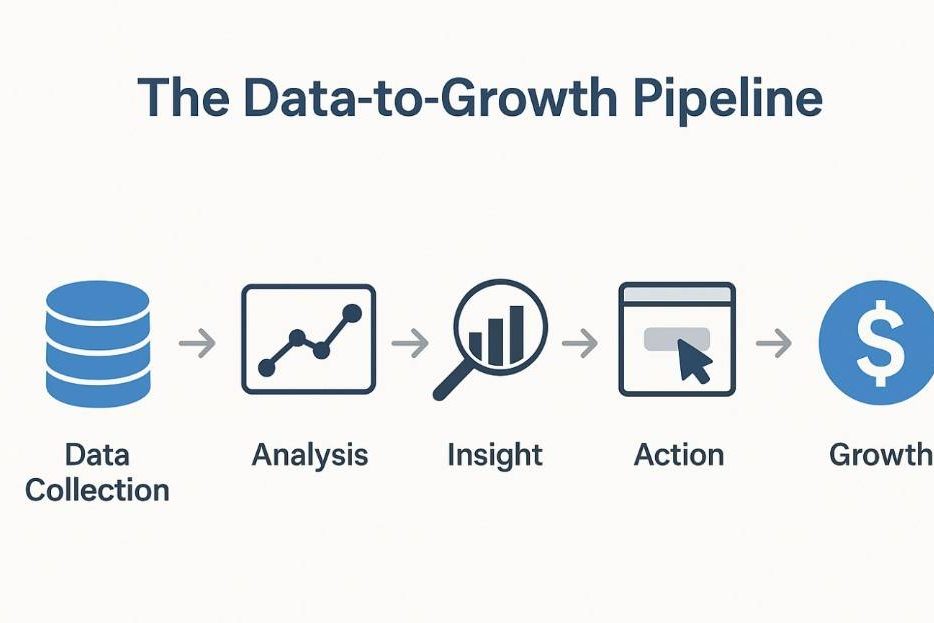Let’s be honest, in today’s tech world, visibility is everything. Whether it’s an app launch, a new SaaS tool, or even a YouTube automation, people don’t just stumble upon good products anymore. They find them because smart developers and marketers know how to use data visibility tools and algorithms to get noticed.
Table of contents
The tech behind visibility and engagement
Every central platform, from GitHub to LinkedIn to streaming services, runs on recommendation systems. These systems don’t just promote “good content”; they promote active content. The more engagement data a project or post collects, the more the algorithm pushes it forward. That’s how some early-stage products or creators manage to break through the noise even with smaller budgets.
It’s similar to how new streamers sometimes choose to buy twitch viewers to give their channels an initial boost. The principle isn’t limited to streaming; it’s a broader digital visibility strategy that mirrors how tech startups buy traffic or run paid A/B campaigns to feed the algorithm some initial momentum.
” Quote by Stephan Tsherakov, Chief Marketing Officer at Top4Smm
Insights from seasoned marketers like Stephan Tsherakov highlight how visibility tools and growth strategies play a massive role in the modern tech ecosystem. His perspective reinforces that while quality matters, strategic promotion is what helps products and creators stand out in a crowded digital space.
Analytics is the real power tool

Guessing doesn’t work in tech anymore. You need data. New analysis tools, be it Google Analytics for web apps, Heap for product analytics, or bespoke dashboards created with Python and SQL, inform you precisely what works and what doesn’t. Developers and marketing teams now use these insights to make adjustments in UI elements, user flows, and even timing for content.
Data-driven decisions aren’t so much about performance metrics as they are about learning behavior patterns. When you discover what features people click on most, from which pages they bounce, or what hours your engagement is highest, you’re not amassing numbers, you’re cracking code. And when you realize what people really respond to, growth becomes a science, not a roll of the dice.
It’s not luck any longer. It’s about interpreting the signs the data presents to you.
Automation and growth loops
Automation is working quietly behind the scenes of the contemporary tech landscape. Consider CRON jobs that set off marketing messages, bots checking for server up-time, or AI programs summarizing customer reviews. Automation doesn’t merely make things faster; it provides consistency, the most significant single contributor to any algorithm’s success trend.
For example, SaaS businesses typically automate user onboarding with triggered emails or chatbots so that no new user falls through the cracks. Social media software auto-posts on platforms to keep itself present and active. Even tiny startups have Zapier, Make.com, or home-built scripts integrated to make their online presence consistent and scalable.
And here comes the good part: when you automate repetitive tasks, you create room for creative problem-solving. Rather than doing repetitive tasks by hand, teams can spend their time enhancing UX, creating more intelligent algorithms, or trying out new features. Automation is not about replacing humans; it’s about making humans more efficient.
The balance between human creativity and machine efficiency

As everything becomes data-driven, the real challenge isn’t collecting data, it’s keeping the human element intact. People still connect with stories, design, and authenticity. The tech industry has all the numbers in the world, but without personality, a brand or product feels empty.
The best tech products, such as Notion, Figma, or ChatGPT, succeed not just because they’re well-engineered, but because they feel human. Their tone, design, and community interactions give users something beyond code; they provide a connection.
So while automation and algorithmic visibility can help you grow, it’s the human touch, the interface design, brand tone, or even a friendly onboarding message that keeps users coming back. Data might get you discovered, but emotional design keeps you remembered.
Staying visible without burning out
Alright, here’s something that doesn’t get emphasized enough: visibility is tiring. There are dashboards to organize, analytics to review, platform updates to stay current with, and many other potential grinds. The goal should be to create systems where you feel supported, not drained.
Instead of checking analytics hourly, think about batching your analytics review. Instead of obtaining analytics data daily, consider automating the process and only reviewing your data weekly when you can. Don’t feel compelled to chase every shiny new trend. Choose a metric or two that moves the needle for you and track those. Remember, consistency beats chaos every time.
As important as measuring analytics is, it is also worth noting that algorithms change almost constantly. What works today may not work tomorrow, but the best ability to adapt, especially from your own data, will always win. Stay curious, stay experimental, and when you are feeling like you are moving into overwhelm, hit pause. That’s often when the best results happen when you take a step back, think, and adjust the plan.
Final thought
The modern tech landscape runs on algorithms, analytics, and automation. Getting visibility isn’t about tricking the system; it’s about understanding how the system thinks. Whether you’re launching an app, writing code, or testing growth strategies, remember this: smart use of data creates visibility, and visibility creates growth.
Tech runs on logic, but humans decide what’s worth noticing.
And that’s where your real power lies.











